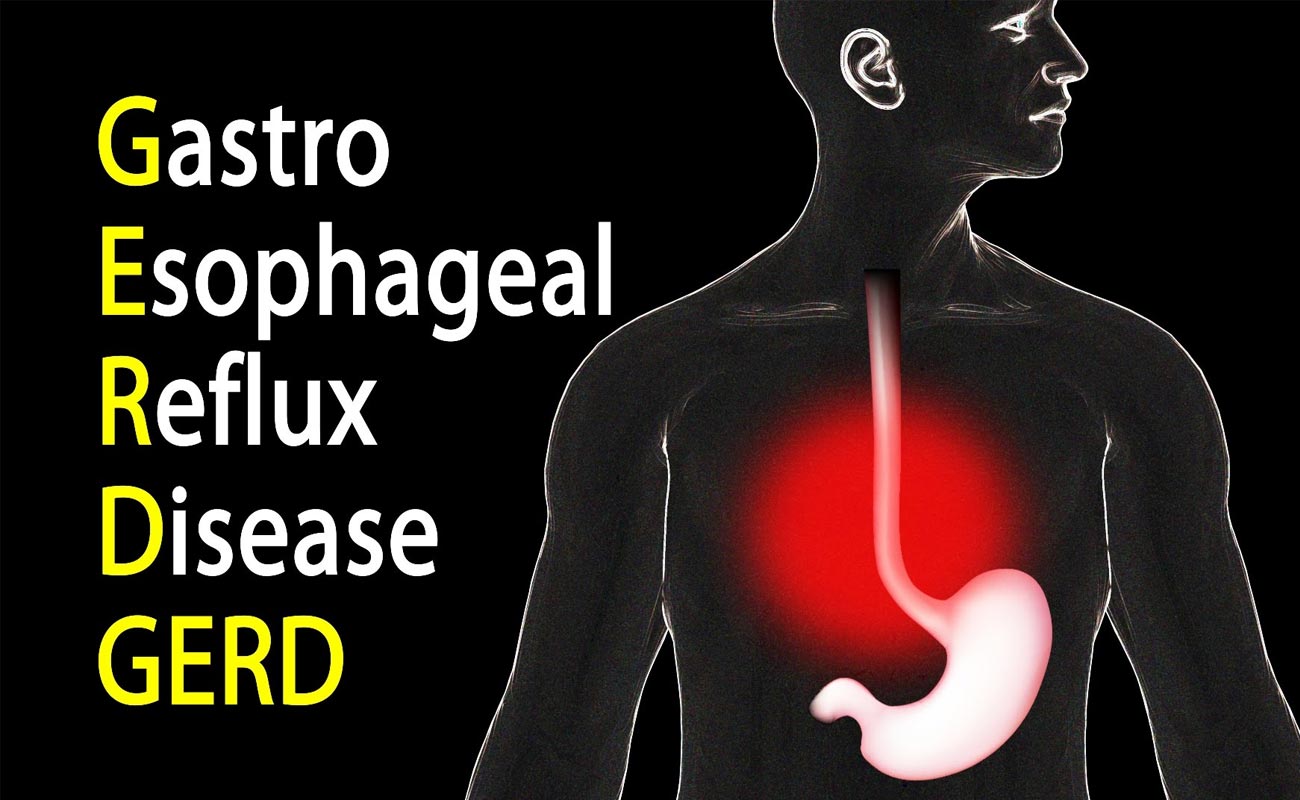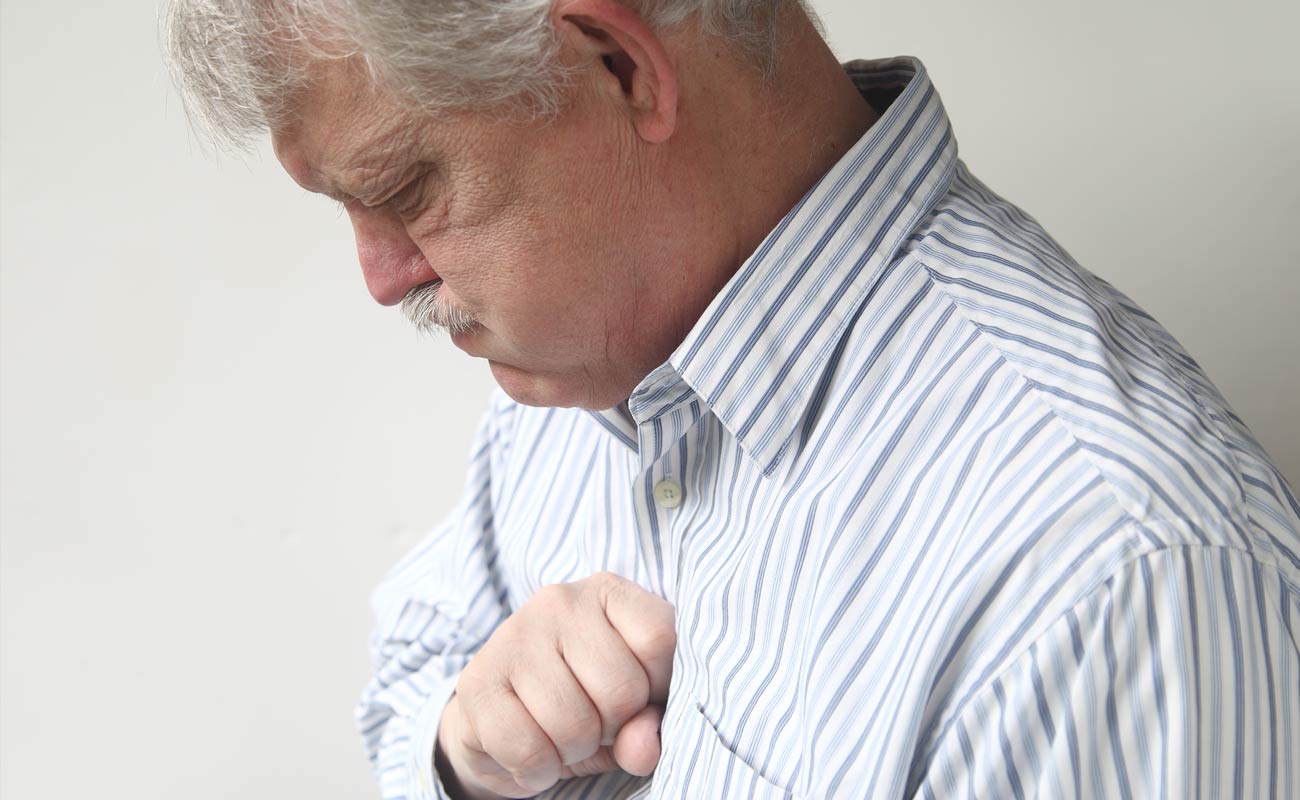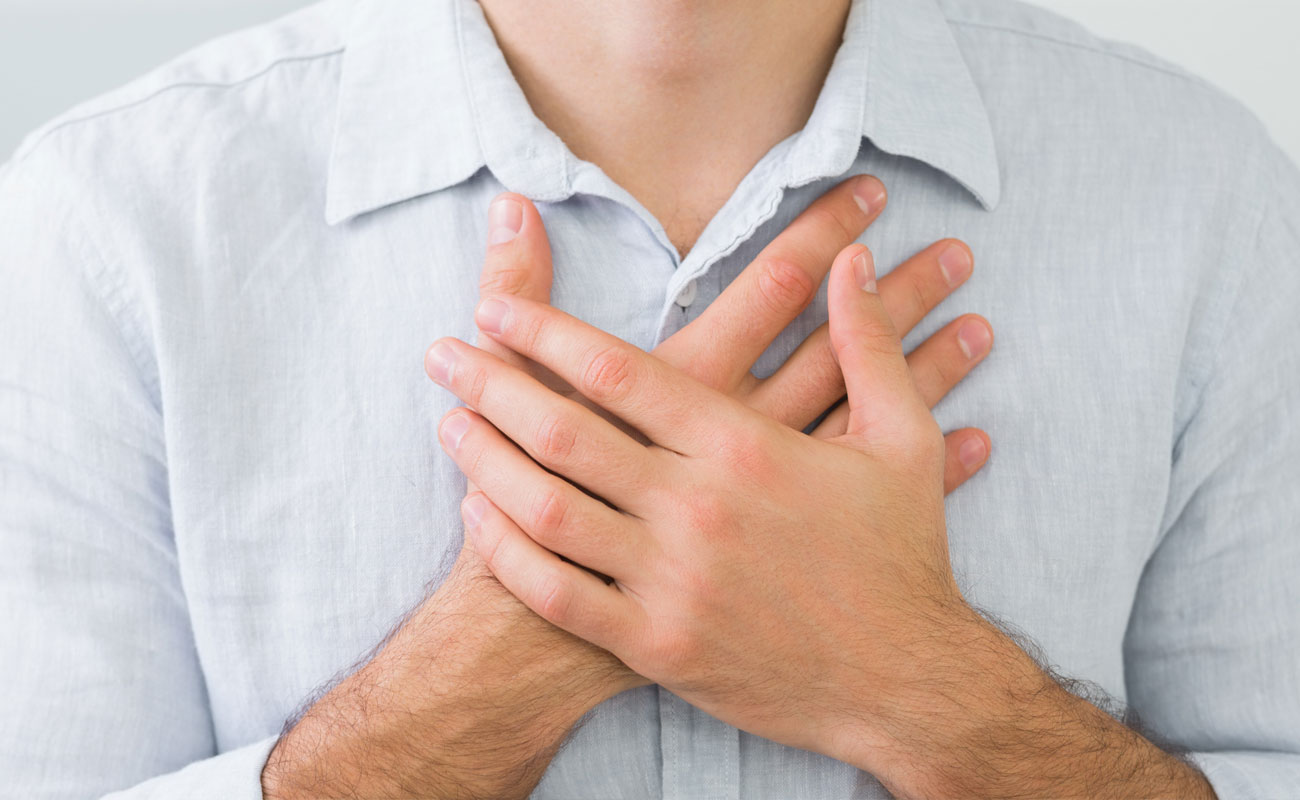What?
Gastroesophageal reflux disease, or GERD or acid reflux, is a disorder in which the liquid content of the abdominal regurgitates (throw up or refluxes) into the gullet. The liquid can inflame and damage the lining (esophagitis) while noticeable signs of inflammation and irritation follow in few patients. The regurgitated liquid typically contains acid and pepsin that are created by the abdominal. (Pepsin is an enzyme that activates the absorption of proteins in the stomach.) The refluxed liquid, likewise, may encompass bile that has backed-up into the abdomen from the duodenum. The first part of the small intestine involved with the stomach. Acid is believed to be the most damaging component of the refluxed liquid. Pepsin and bile could damage the esophagus as well. However, their role in the production of esophageal inflammation and damage is not as involving as the role of acid.
GERD as a chronic disorder is typically is life-long. Chronic disease also happens when there is damage to the lining of the esophagus (esophagitis). Besides, later when the esophagus has treated with and the treatment is terminated, in most patients the injury reappears within some months. When the treatment for GERD is initiated it will be required to be continuous. However, some patients with discontinuous symptoms and no esophagitis could be healed only during the time of having symptom.
Actually, reflux of the gut's liquid contents into the esophagus happens in most ordinary people. A study reported that reflux happens as commonly in ordinary people as in patients suffering from GERD. In these patients, nevertheless, the refluxed liquid encompasses acid every so often, and the acid residues in the esophagus more often. Besides, it is reported that liquid refluxes to a higher level in the esophagus among patients suffering from GERD than ordinary people.

Frequently, the body has means to protect itself from the damaging impacts of reflux and acid. For instance, most reflux happens in the day when people are awake. In the standing position, the refluxed liquid is more expected to drift back down into the abdomen as a result of the impact of gravity. Furthermore, while people are awake, they continually swallow, whether or not there is reflux. Each swallow transfers any refluxed liquid back into the abdomen. Lastly, the salivary glands in the mouth yield saliva, which comprises bicarbonate. By each gulp, bicarbonate-containing saliva goes down the throat. The bicarbonate counteracts the small quantity of acid that residues in the esophagus later after gravity and swallowing have removed most of the acidic liquid.
Gravity, swallowing, and saliva are significant protecting mechanisms for the esophagus. However, they are operative merely when people are in the standing position. During sleep at night, gravity has no effect, swallowing stops, and the secretion of saliva is reduced. Therefore, reflux that happens at night is more expected to lead to acid remaining in the esophagus for longer time and making bigger damages to the esophagus.

Some certain disorders make an individual vulnerable for GERD. For instance, GERD could be a serious issue throughout pregnancy. The raised hormone levels of pregnancy is likely to cause reflux by decreasing the burden in the subordinate esophageal sphincter. All together, the growing fetus rises the pressure in the stomach. Together these effects would probably rise reflux. Similarly, patients with ailments that deteriorate the esophageal muscles like scleroderma or mixed connective tissue diseases, are more predisposed to grow GERD.

Look for instant therapeutic care if you experience pain in the chest, particularly if you have other signs and symptoms, like shortness of breath or pain in the jaw or arm. These could be signs and symptoms of a heart attack.
If experienced severe or recurrent symptoms of GERD see your doctor. If you take over-the-counter medicines for pain more than twice a week, see your doctor.
GERD is triggered by recurrent acid reflux — the backup of abdominal acid or bile into the gullet.
When you gulp, the subordinate esophageal sphincter — a rounded band of muscle around the lowest section of the gullet — relaxes to let food and liquid to drift down into the abdomen. Then it closes yet again.
Nevertheless, if this valve relaxes irregularly or deteriorates, stomach acid could flow back up into the gullet, triggering recurrent heartburn. On occasion, this can disrupt your routine life.
This continuous backwash of acid can irritate the lining of the esophagus, making it to become swollen (esophagitis). Over the course of time, the swelling could wear out the esophageal lining, initiating complications like bleeding, esophageal narrowing or Barrett's esophagus (a precancerous disorder).
Diagnosis of GERD has to do with:

The other kind is a pin that's placed in the gullet through endoscopy. The probe pass on a signal, to the small computer patient wears. Later after almost two days, the probe falls off to be passed in the stool. The physician may ask to stop taking GERD medicines to get ready for this test.
If you suffer from GERD and you're a candidate for surgery, you might as well have to undergo some other tests, like:
The physician might as well employ endoscopy to collect a sample of tissue (biopsy) for further examinations. Endoscopy is suitable for seeking complications of reflux, such as Barrett's gullet.
Treatments
Done to
Treatment process starts with shifting behaviors, circumventing the things that activate the symptoms, and taking nonprescription drugs that decrease or hinder acids. If the patient still experiences the symptoms after taking medicines for some weeks, he might need prescription drugs. He may need to carry on with the treatment for a long time to prevent GERD symptoms from reoccurrence. If GERD continues to come back or deteriorates, the patient might need to consider surgery.
Submit Comment